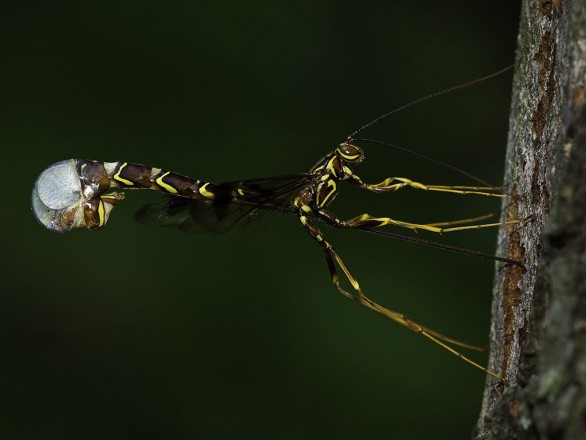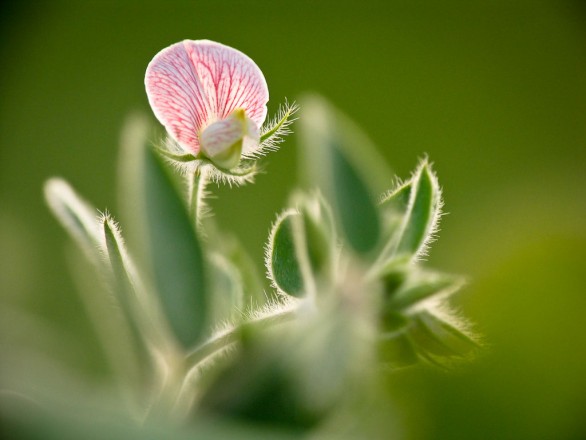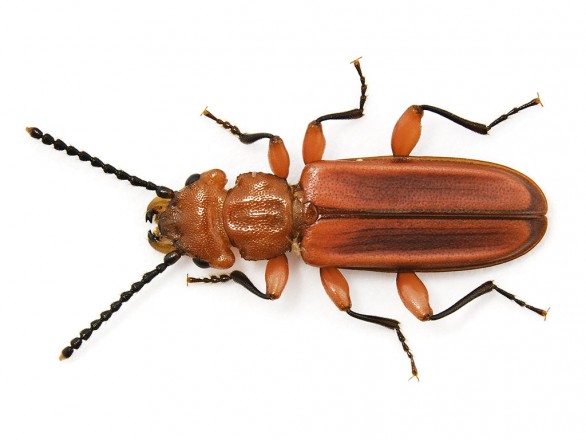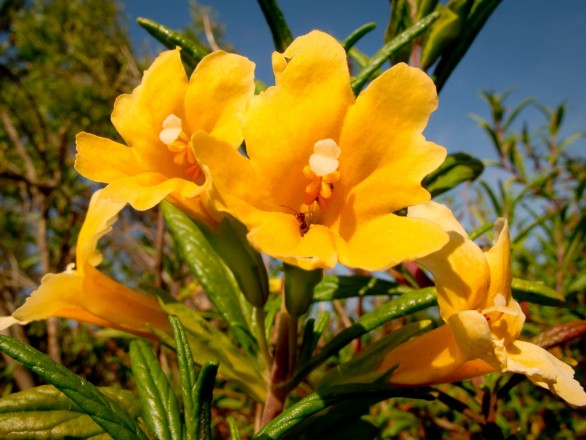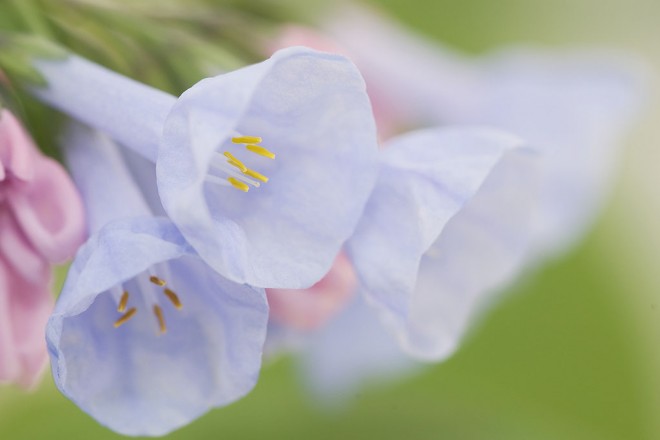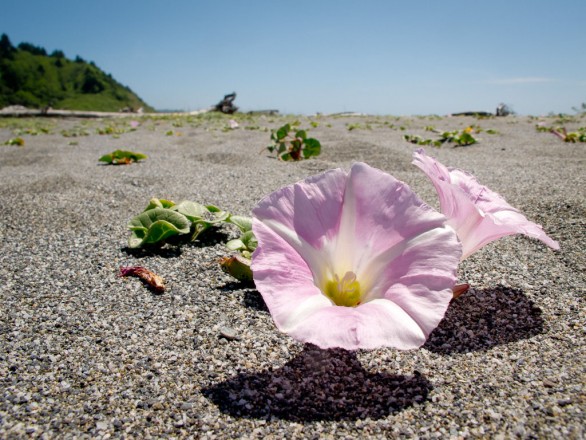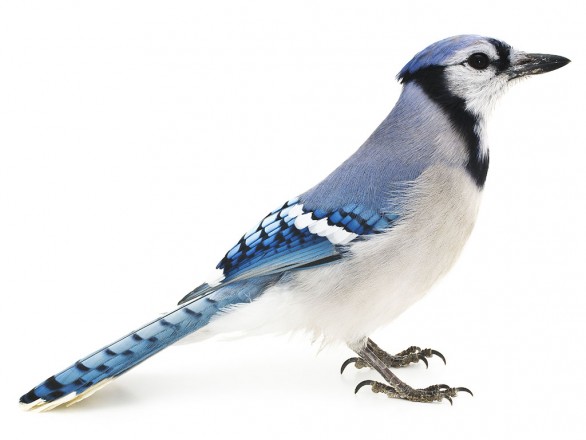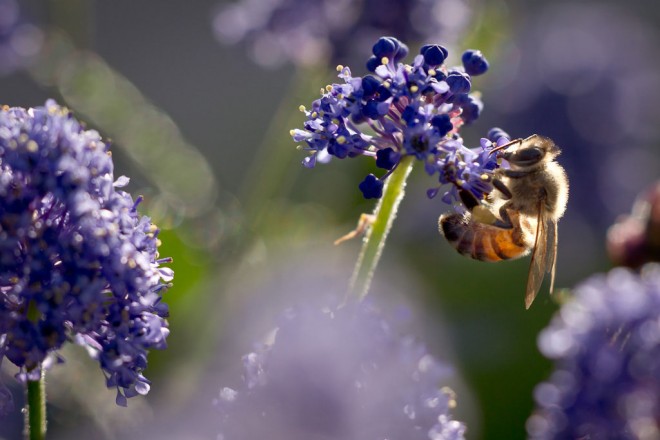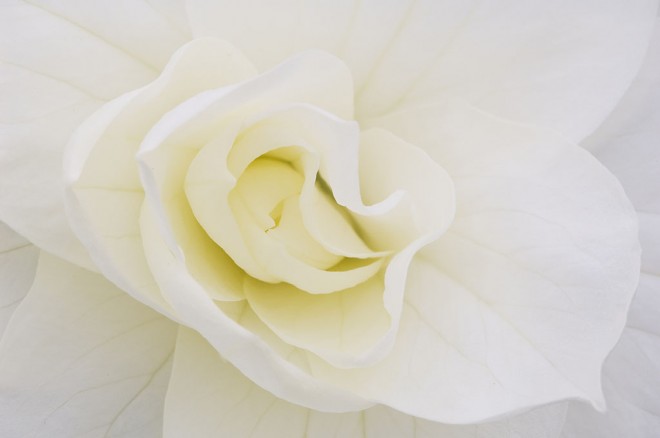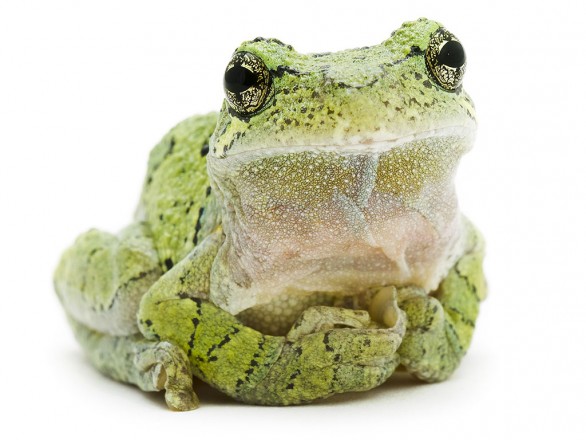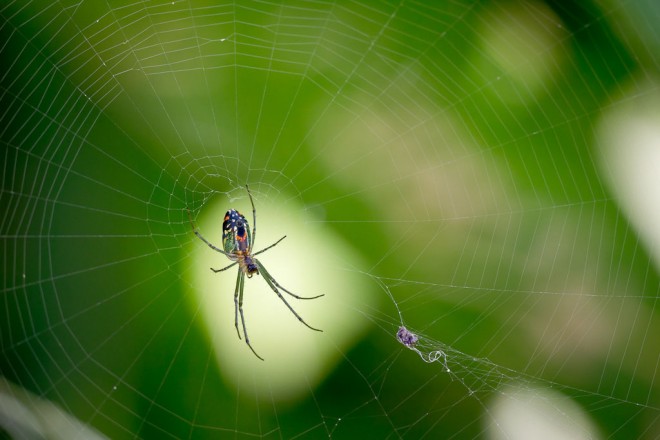Conversations in Light: Finding Inspiration in Photography with Natural Lighting
Conversations in Light is a series where two photographers share in a conversation about their photography moderated by Ibarionex Perello. In this conversation, Rob Sheppard and David Fitzsimmons will help you to find your Inspiration with Natural Lighting. In the world of close-up photography, light provides not only the means to capture the subject, but it also can help reveal important and telling details in an extraordinary way. We bring together here two photographers who combine their love and concern for the natural world with a savvy use of light.
ROB SHEPPARD: NATURE PHOTOGRAPHER, AUTHOR
DAVID FITZSIMMONS: COMMERCIAL/SIGMA PRO PHOTOGRAPHER
The desire to educate and protect the natural world is something that comes across in both of your bodies of work, and both of you often use locations that are relatively close to home to produce some of your best work. This is really antithetical to the idea that you have to go to some “destination” to make memorable images.
Sheppard: For a very long time, I’ve felt that many hard-core environmentalists have missed some important things about nature and maybe that’s because I worked as a naturalist outside a city. It’s important to discover nature in locations other than national and state parks. That’s an issue I’ve had with a lot of nature photographers who look at nature as something only found in the national parks. I think that’s really unfortunate.
FitzSimmons: I think one reason why the (Curious Critters) project has been so successful is that there are 21 featured animals in the book and they’re all common American animals—an opossum, a blue jay. I read an article that supports the idea that to nurture a love of nature, children need to develop a passion for what’s in their own backyard and that’s something I’ve tried to achieve with this book.
Sheppard: I have to laugh at myself because I’m the kind of guy who’ll be at Arches National Park and I’ll be on the ground, following an insect or photographing lichens. Yes, I get the big rocks too, but I think there’s a lot around us that we connect to. For me, that’s one reason why my yard is made mostly of drought-tolerant and native plants. We’re wired to connect with nature and, for me, having something that’s close by that I can observe and photograph is important. It provides me with the opportunity to connect to this really wonderful world and it means that I don’t have to take a long trip to make it happen.
Are there other locations close to home that you often visit?
Sheppard: I also spend a lot of time in the Chaparral, which is near Los Angeles. That’s very interesting because many people in Los Angeles are headed for the Sequoias or Death Valley, and the many, many times that I’ve been in the Santa Monica mountains there’s been no one else up there. Yet, when I’ve gone to Yosemite, there were lines of people waiting for a shot from a particular angle, or a particular thing going on. So, sometimes, the things that are nearby really provide you with a better opportunity to connect.
FitzSimmons: It’s interesting you mention that because I was out in Massachusetts at a state park there called Purgatory Chasm—it’s a neat, small gorge. And I spent a good portion of my time chasing a dragonfly into a men’s bathroom…
Sheppard: Yes, I believe it.
FitzSimmons: …then I put it into my light tent to photograph it for the book. It’s kind of funny considering what everyone else was there to photograph. Many times when I teach, I mention that if I could have only one location to shoot at, it would be in a marsh that’s about three miles from my house in a state park, called Jungle Book Marsh. In all four seasons, it’s changing. I spend a lot of time there photographing Michigan lilies, butterflies emerging from cocoons, and things like that. I have the same feeling about focusing on one area and really sharing that with people. I really hope to someday do a book just on that marsh.
What kind of considerations are each of you making about light when you’re photographing your subject to ensure that you’re rendering them and their surroundings?
FitzSimmons: I prefer to use available light, but I’ll also use the Sigma ringlight flash and things like that. If I can, I prefer to photograph the subject in my studio and, if possible, near a north-facing window. One example of when I have to use artificial light is for my photographs of some mushrooms. I did a fungus calendar for a client, and it’s common to find a mushroom deep in the woods in a very dark area. So, I take very long exposure—sometimes as long as 30 seconds or longer—and I’ll walk around the mushroom and fire multiple pops at 1/64 power, simulating a kind of nice, overcast light. But I’m always looking for the kind of sculpting light, which provides that sense of dimensionality.
Sheppard: I, too, like using available light, but I’ll use flash on occasion. But I like light in all different ways: I love dramatic light that acts like a spotlight, where you can get a shaft of light on your close-up subject, and then the stuff around it is black; I love backlight that makes flowers glow; and I love soft light too that provides an enveloping light that helps you see patterns and details throughout. For me, one thing that’s important about light is being sensitive to both the light and the subject.
Why does that proximity make a difference?
Sheppard: I remember some research that Kodak conducted, which discovered that most people don’t photograph any closer than 4–5′, and that most photographers don’t shoot much closer than 2′. The closer you get, the more it changes how you see the world. And when you’re seeing things that close, you can become so overwhelmed by the subject that you don’t see the light, and yet the camera will. In fact, the camera will actually overemphasize such things as highlights and shadows because our eyes automatically compensate for that. Our eyes look into the scene and see details in shadows and highlights that cameras can’t.
What challenge does that result in?
Sheppard: A big problem that I see in a lot of close-up work is that the photographer sees the subject and the light falling on the subject, but doesn’t see the light on the background. When you shoot a landscape, the light over most of the scene may be pretty much the same, but when you’re working up close, it’s not at all unusual to have a very different type of light on the subject than on the background. So, you can have a situation where you have something in the background that’s being illuminated by very bright light that suddenly becomes the dominating part of the picture.
FitzSimmons: I really appreciate your thought, Rob. I think you have an image on your website of an Indian paintbrush that’s backlit and that kind of dramatic lighting can be very effective.
One of the things I often like to do is try to establish the environment. So, I’m very fascinated with close-up photography using wide-angle lenses, which may mean the use of extension rings to get right in close. I’m thinking of some images of Dutchman’s breeches that I made over a glacial kettle pond where I had a lot of background to consider. In that case, I tried to use the sun as an establishing part of it, just glimmering behind these small flowers. You’re absolutely right in that there’s a lot to watch for when you’re doing that kind of wide-angle, close-up work.
Sheppard: I think that’s very true. I really love that kind of work as well—getting down low and up close with a wide-angle lens. One of my favorite ways of photographing close-ups was using the old Nikon 24mm with the 8mm extension tube that would allow you to get in real close. One problem now, however, is that many of today’s extension tubes are too big for most of the wide-angle lenses, so I’ve been using the achromatic (highly corrected) close-up lenses. And I use them for all kinds of wide-angle, close-up stuff.
How about dedicated macro lenses?
Sheppard: I’m not that fond of macro lenses, per se. Don’t get me wrong: I have a 180mm macro lens that I use a lot, but I’m not really interested in shorter macro lenses. And that’s because I really like close-up photographs that use either wide-angle or telephoto. I don’t like that in-between. The bigger issue is once people get a macro lens, that becomes the only lens by which they do close-ups, and they end up missing a lot. As Dave was saying, when you use a wide-angle, you show an environment. And that’s about showing the ecology and the habitat of the critter or the flower that you’re photographing.
FitzSimmons: I actually like carrying around the full range of macro lenses. I use the Sigma 50mm, 70mm, 150mm, and 180mm. I like having all of those with me because sometimes I can stop some of those lenses down to f/16 or even f/22, and achieve super-sharp results. But even before I make that choice, I always first think about what I’m trying to do with this particular subject. Once I’ve done that, I have a range of lenses from which I can choose to give me the result
that I want. And tying that back into the lighting, the lighting itself becomes the way to reveal those fine details that I’m focusing on. Lighting will help me to reproduce all those details. And that’s a big deal for me because I’m producing a big enlargement that people are going to stand in front of, and I want them to be wowed by nature. Lighting really helps to reveal how spectacular those details in nature actually are.
I think encouraging photographers to do more than just document what’s in front of you is an important concept to understand. When you think about which specific quality of the subject drew you in, you can begin to make better choices of how you use not only the equipment but, more importantly, how you want to use the light that you have to work with.
FitzSimmons: Absolutely. And if I’m having difficulty photographing a subject, I’ll step away from it, walk 10–20′ away, take a few minutes break, and then go back, and really try to figure out what I want to zero in on.
How about flash?
Sheppard: My tendency with flash outdoors is to be very simple. Many people think that when it comes to flash, there’s only one thing you can do with it. They may say that you need to have a ring flash or a twin flash. Personally, I don’t like a ringlight because I think the light is too flat for most nature photography. (It’s a dentist’s flash. I know that sounds kind of silly, but that’s just one of the reasons it was originally designed for.)
As for me, I prefer to use one off-camera flash that’s connected to the camera with a dedicated TTL cable. The advantage of using it off-camera is that I can move it around: Put it above the subject, to the left or right side, or even behind the subject to get some backlight. I like being able to get that kind of dramatic light. And with digital, you get instant results on the LCD, so you can immediately tell whether or not you’ve got the light right.
FitzSimmons: Generally speaking, I agree with you. I’m not a big fan of using the ring flashes. It’s not something that I use very often. In a philosophical way, I feel that if you notice the lighting, then you’re distracting from the subject. And so many times, I see two typical scenarios: harsh shadows and contrasty light. In other words, you get an image where you don’t have enough falling-off on the background to make it look natural. You could drag the shutter and attempt to fill in the background with ambient light.
Sheppard: Yes, because otherwise, you can get this black background that makes it look like it was shot at night even though it was captured in daylight.
Thank you, guys. This was really a great conversation with some interesting insights into the use of light for this type of photography.
FitzSimmons: Thanks. Rob, I loved your ideas and I look forward to crossing paths with you again soon.
Sheppard: Absolutely. It was a pleasure to meet and talk to you, too.
Editor’s Note: Rob Sheppard is a nature photographer and author. You can visit his website to learn more about this photographer. David FitzSimmons is a commercial photographer and is a SIGMA PRO photographer as well. Here is a link to a quick (free!) tutorial from our sister site on Editing your color images in Lightroom with Black and White values.

